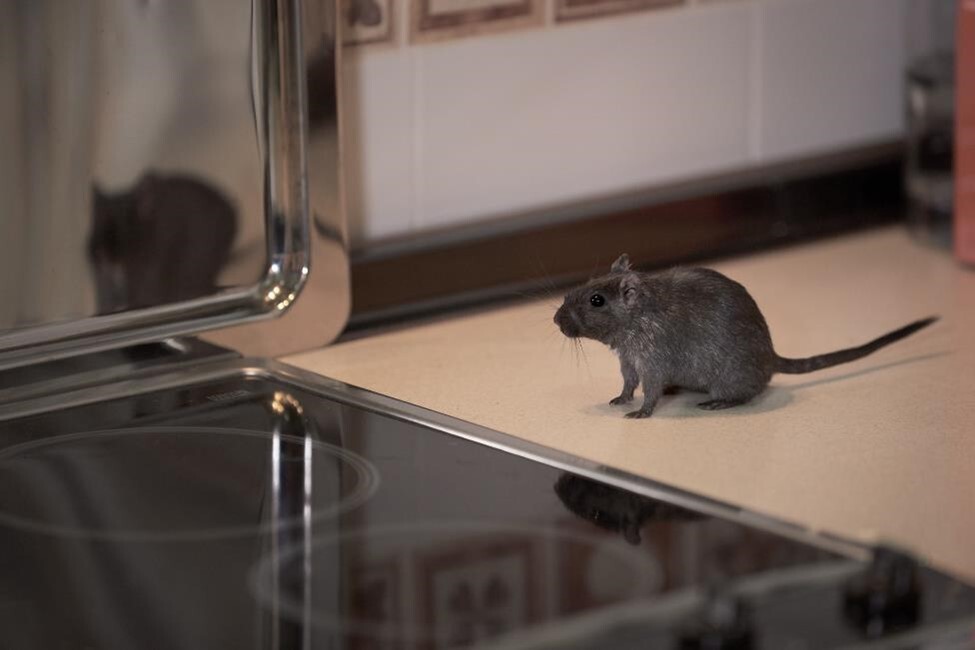DIY Pest Prevention: Essential Tips for Every Homeowner
Share
Are you tired of dealing with unwanted pests invading your home? Whether it's ants in the kitchen, rodents in the attic, or spiders in the basement, these unwanted guests are more than a nuisance; they can pose health risks and cause significant damage. If you're looking for a cost-effective way to keep pests at bay, then look no further than DIY pest preventionan essential practice for every homeowner.

What is DIY Pest Prevention?
DIY pest prevention is the practice of using do-it-yourself techniques and tools to prevent pest infestations in your home. By focusing on preventive measures, homeowners can often stop pests before they become a serious problem. This approach not only saves money but also reduces the need for potentially harmful chemical treatments.
Identifying Common Household Pests
Before you can prevent pests, you need to know what you're dealing with. Some of the most common household pests include ants, cockroaches, rodents, spiders, and termites. Understanding their habits and what attracts them can help you tailor your prevention efforts effectively.
Learn more about how to repel specific pests, such as gnats. Understanding the unique challenges they present in your home is crucial for effective prevention.
Simple Steps for Effective DIY Pest Prevention
- Seal Entry Points: Inspect your home's exterior for cracks and gaps where pests can enter. Use caulk and weather-stripping to seal these openings and prevent access.
- Maintain Cleanliness: Regularly cleaning your home helps eliminate food and water sources that attract pests. Pay special attention to kitchens, dining areas, and bathrooms.
- Proper Waste Management: Keep trash cans covered and dispose of waste regularly to reduce food availability for pests.
- Remove Standing Water: Many pests are attracted to moisture. Fix any leaks and ensure proper drainage around your home.
Utilizing Natural Pest Control Methods
Consider incorporating natural pest control methods into your pest prevention strategy. Many of these methods are environmentally friendly and safe for families and pets. Options include using essential oils, which can repel certain insects, and building habitats for beneficial predators.
Why Regular Maintenance is Key
Regular maintenance is a cornerstone of DIY pest prevention. By routinely inspecting your home and addressing issues promptly, you can prevent minor problems from escalating into infestations.
For further insights on effective pest control at home, visit this guide. It provides practical advice and tips to fortify your home against pests.

When to Call in the Professionals
While DIY pest prevention is effective for many situations, there are times when professional intervention is necessary. If you encounter persistent issues or large infestations, it may be time to seek expert advice. Identifying this need early can save you from significant damage and health risks.
FAQ Section
Q1: How can I identify the type of pest in my home?
A1: Monitoring signs such as droppings, bites, and damage can help identify pests. You can also use online resources or seek professional identification.
Q2: Are DIY pest control methods safe?
A2: Yes, when done correctly, most DIY methods are safe for your home and family. Always follow product instructions.
Q3: How often should I perform pest prevention tasks?
A3: Routine tasks such as cleaning and inspections should be done weekly, while more thorough checks can be done monthly or quarterly.
This article contains affiliate links. We may earn a commission at no extra cost to you.
